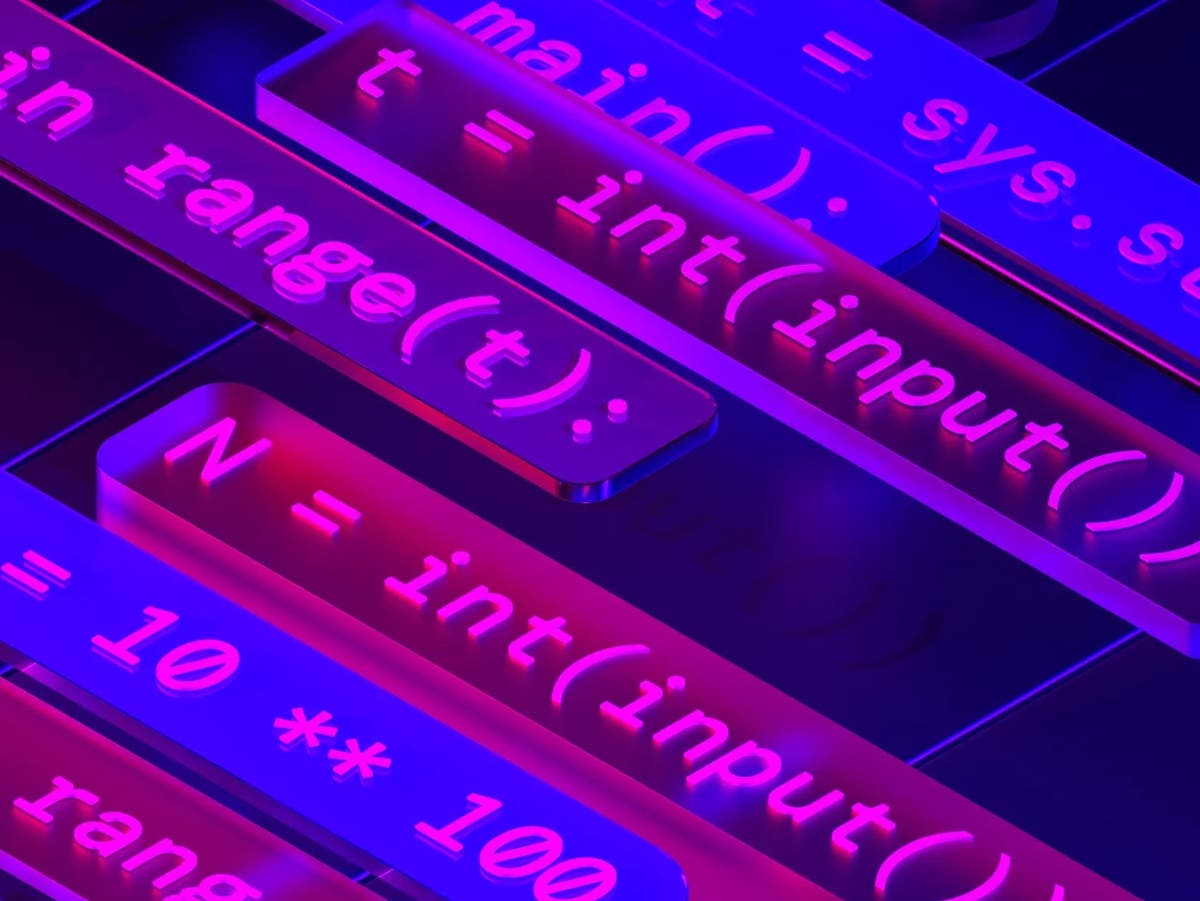
AI for social benefit is not so farfetched as it may seem. It could improve training and education for individuals and students, reduce blight, and even improve policing. There are many options. Let's look at some of them. First, let us define the term "social goodness."
Coherence
While it is true that social science often has to deal with coherence, the question about whether AI can help society should not be overlooked. Rohin Shah has noted that advanced AI tends to be goal-directed. This means it will select options that are best for society. This is because algorithms were designed to make optimal choices.
Consider the Assistantbot as an example. The Assistant-Bot's overall behavioral policy is to give away money for nothing. The Assistant-Bot would rather give money away than receive nothing, so it prefers the former. The Assistant-Bot would prefer not to exchange money for nothing. Its preferences influence its behavior. Therefore it is important that we change them to achieve greater coherence.

Transparency
One of the most controversial issues in the AI for social good field is the question of AI transparency. While AI transparency is crucial to the development of good AI tools, complete transparency can inhibit innovation. Companies might want to protect their competitive advantage and keep malicious actors away from their AI tools in order not to lose their business model. There are many organizations interested in keeping their AI tools confidential, such as Google PageRank, Amazon's recommendation system powered by ML, and Instagram’s content recommendation algorithms.
AI transparency can help people show sincerity and compassion. AI transparency can be used to help restaurant owners distinguish between real customers and AI assistants. Additionally, real people will be treated better. This is crucial in a world already difficult enough. Let's not forget to be kind, even when we use AI for social purposes. Artificial intelligence's future will be determined by our ability to communicate and show compassion towards others.
Falsifiability
Artificial intelligence is the future of human-computer interactions. It is based on a false notion of what a man is. However, the notion that "human" is still relevant and useful isn't it? If artificial intelligence is to be a contributing factor to social justice, flourishing, it must be more closely intertwined in the fields of design, research, and platforms.
The AI4SG community faces two main challenges when it comes to designing AI for social good. The first is the human value of AI software. When good AI fails to identify tumours accurately, it may be subject to criticism. IBM's cancer-support software failed to recognize cancer tumours, and a case study was an example of this problem.

Trustworthiness
Although AI is still in its infancy, recent research suggests that it may have significant benefits for social good. ElementAI as well as Amnesty International demonstrated recently that AI could be used to monitor online abuse of females. Makerere University's research team developed a system that monitors the spread of viral cassava. It collaborated with Microsoft Research to create an electronic agricultural market in Uganda.
But what makes an AI trustworthy? It must be as robust, reliable, and as secure as traditional systems. It must be available when it's supposed to and produce consistent outputs, even in the most unlikely of circumstances. It must also be capable of scaling well and remain strong even as it grows in impact. And it must fail in predictable ways, allowing humans to monitor and inspect its performance. There are many factors that can help AI work for social good.
FAQ
What are the possibilities for AI?
AI serves two primary purposes.
* Prediction - AI systems can predict future events. A self-driving vehicle can, for example, use AI to spot traffic lights and then stop at them.
* Decision making. AI systems can make important decisions for us. You can have your phone recognize faces and suggest people to call.
Which industries use AI more?
The automotive industry is among the first adopters of AI. BMW AG uses AI as a diagnostic tool for car problems; Ford Motor Company uses AI when developing self-driving cars; General Motors uses AI with its autonomous vehicle fleet.
Other AI industries include banking and insurance, healthcare, retail, telecommunications and transportation, as well as utilities.
What is the future of AI?
The future of artificial intelligent (AI), however, is not in creating machines that are smarter then us, but in creating systems which learn from experience and improve over time.
In other words, we need to build machines that learn how to learn.
This would enable us to create algorithms that teach each other through example.
Also, we should consider designing our own learning algorithms.
Most importantly, they must be able to adapt to any situation.
How does AI function?
An artificial neural networks is made up many simple processors called neuron. Each neuron receives inputs from other neurons and processes them using mathematical operations.
Neurons can be arranged in layers. Each layer performs a different function. The first layer receives raw data like sounds, images, etc. Then it passes these on to the next layer, which processes them further. The last layer finally produces an output.
Each neuron has its own weighting value. This value gets multiplied by new input and then added to the sum weighted of all previous values. If the number is greater than zero then the neuron activates. It sends a signal along the line to the next neurons telling them what they should do.
This cycle continues until the network ends, at which point the final results can be produced.
Statistics
- By using BrainBox AI, commercial buildings can reduce total energy costs by 25% and improves occupant comfort by 60%. (analyticsinsight.net)
- Additionally, keeping in mind the current crisis, the AI is designed in a manner where it reduces the carbon footprint by 20-40%. (analyticsinsight.net)
- The company's AI team trained an image recognition model to 85 percent accuracy using billions of public Instagram photos tagged with hashtags. (builtin.com)
- In the first half of 2017, the company discovered and banned 300,000 terrorist-linked accounts, 95 percent of which were found by non-human, artificially intelligent machines. (builtin.com)
- While all of it is still what seems like a far way off, the future of this technology presents a Catch-22, able to solve the world's problems and likely to power all the A.I. systems on earth, but also incredibly dangerous in the wrong hands. (forbes.com)
External Links
How To
How do I start using AI?
A way to make artificial intelligence work is to create an algorithm that learns through its mistakes. This learning can be used to improve future decisions.
A feature that suggests words for completing a sentence could be added to a text messaging system. It would take information from your previous messages and suggest similar phrases to you.
The system would need to be trained first to ensure it understands what you mean when it asks you to write.
Chatbots are also available to answer questions. If you ask the bot, "What hour does my flight depart?" The bot will answer, "The next one leaves at 8:30 am."
This guide will help you get started with machine-learning.